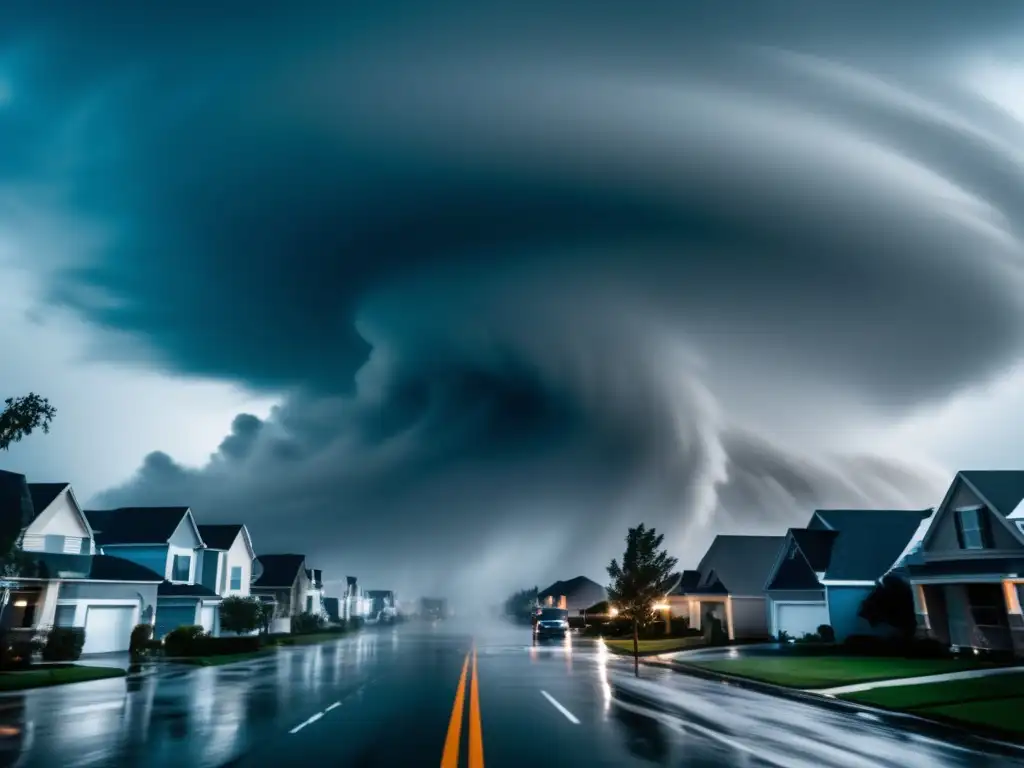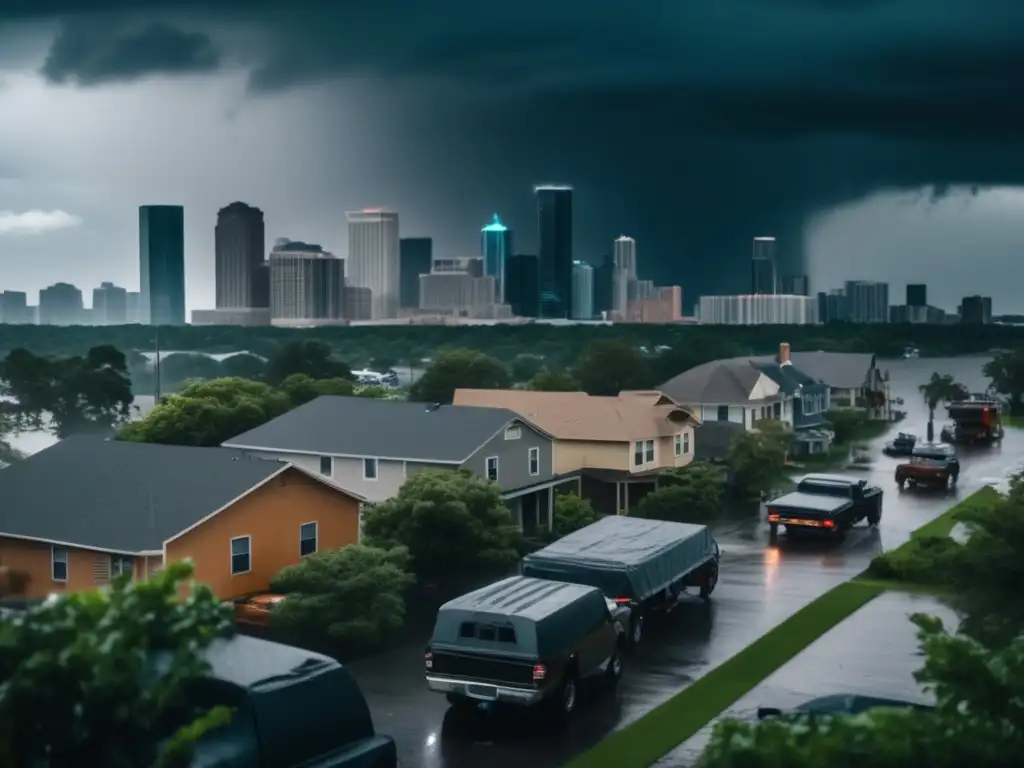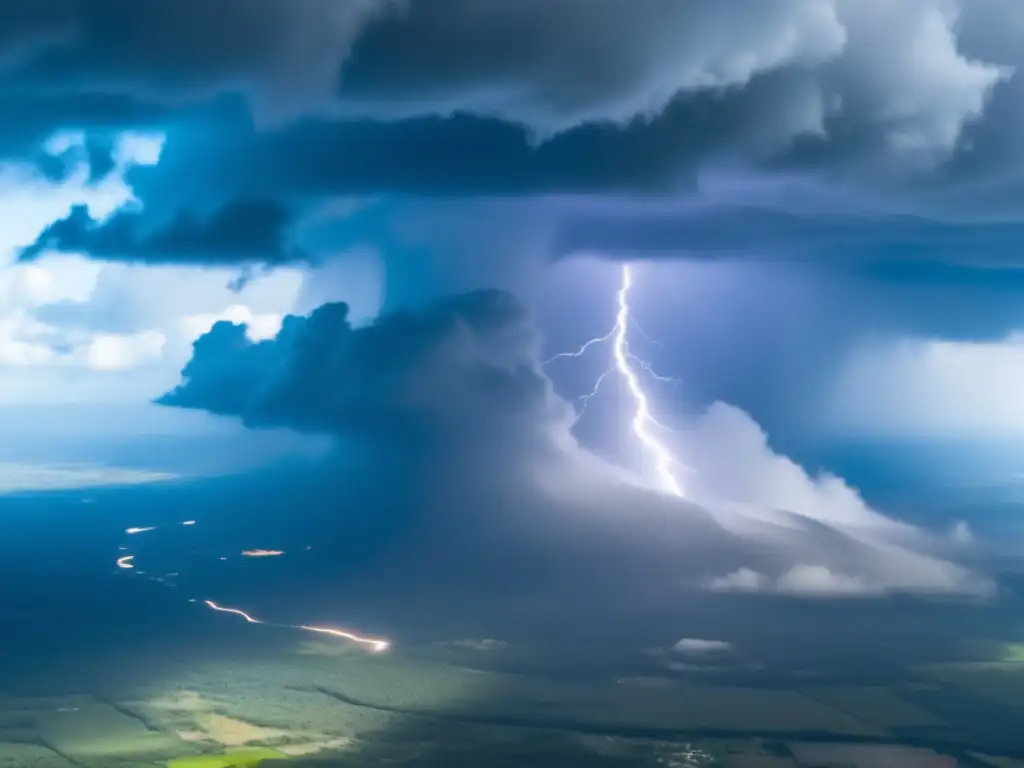High Winds, High Danger: Understanding Hurricane Wind Speeds

High Winds, High Danger: Understanding Hurricane Wind Speeds
Introduction
Hurricanes are one of the most destructive natural disasters that can occur. They bring about high winds that can cause significant damage to property and threaten human lives. Understanding how hurricane wind speeds are measured, and the associated risks is essential in ensuring preparedness and safety during these severe storms.
What are hurricane wind speeds?

The Saffir-Simpson Hurricane Wind Scale
The Saffir-Simpson Hurricane Wind Scale is a tool used to measure the intensity of hurricanes based on their wind speed. It was developed in 1971 by engineer Herbert Saffir and meteorologist Robert Simpson and has since become the standard way of measuring hurricanes in the Western Hemisphere. The scale ranges from Category 1, the weakest, to Category 5, the strongest, with each category reflecting a range of wind speeds and associated potential for damage.
| Category | Wind Speed (mph) | Potential Damage |
|---|---|---|
| 1 | 74-95 | Minimal damage |
| 2 | 96-110 | Moderate damage |
| 3 | 111-129 | Extensive damage |
| 4 | 130-156 | Catastrophic damage |
| 5 | 157 or higher | Catastrophic damage |
Measuring Wind Speeds
The National Hurricane Center (NHC) uses various techniques to measure hurricane wind speeds. Historically, these measurements were taken by anemometers installed on small aircraft flown into the storm. More recently, researchers have developed tools to measure hurricane winds more accurately from space using satellites equipped with microwave sensors. These sensors gather information about the surface roughness of the ocean, allowing for more precise calculations of wind speed.
Understanding the Risks

Property damage
One of the most significant risks associated with high hurricane wind speeds is damage to property. As the wind speeds increase, so does the potential for damage to structures such as homes, buildings, and infrastructure. Even a Category 1 hurricane can cause damage to roofs, windows, and doors, while a Category 5 hurricane can destroy entire cities.
Power outages
Hurricane wind speeds can cause power outages, leaving communities without electricity for extended periods. These outages can be particularly dangerous during extreme weather events when access to electrically powered heaters, air conditioners, and other appliances may be critical for survival.
Flooding
Hurricanes can also cause flooding. High wind speeds can push seawater onto land, causing storm surges that can reach up to 20 feet in height and cause significant flooding in coastal areas. Inland flooding can also occur when heavy rainfalls associated with hurricanes overwhelm drainage systems. Floodwaters can damage homes, disrupt transportation, and contaminate drinking water supplies, creating dangerous public health risks for affected populations.
Preparation and Safety during Hurricanes

Evacuation
One critical aspect of hurricane preparation is knowing when to evacuate your home or area. This decision should be based on the potential for wind speeds associated with the storm, as well as the potential for flooding. Authorities will often issue evacuation orders for areas in the direct path of a hurricane or at risk of flooding. It's important to follow these orders and evacuate as quickly as possible to avoid harm and ensure survival.
Securing Property
Securing your property is also essential in preparing for hurricanes. This includes measures such as securing windows and doors, trimming trees and shrubs to prevent damage, and ensuring that outdoor furniture and other objects are safely stored away. These measures can help reduce the potential for property damage and personal injury during high wind events.
Emergency Supplies
Having an emergency supply kit is also critical in hurricane preparedness. The kit should include items such as bottled water, non-perishable food, first aid supplies, and any necessary medications. It's also important to have access to a safe and secure shelter during a hurricane event, especially if evacuation is not possible.
Post-Hurricane Recovery

Cleaning Up
After a hurricane event, it's essential to assess any property damage caused by high winds, flooding, or other storm-related events. Cleaning up debris and waste is critical in restoring communities, and it's recommended that individuals wear protective equipment while doing so to prevent injury.
Supporting the Community
It's also important to support the recovery efforts of the community following a hurricane event. This can include volunteering time and resources to local relief organizations or donating money or supplies to those in need. Additionally, seeking emotional support after a traumatic event such as a hurricane can be helpful in reducing stress and promoting mental health.
Frequently Asked Questions

-
What is the Saffir-Simpson Hurricane Wind Scale?
The Saffir-Simpson Hurricane Wind Scale is a tool used to measure the intensity of hurricanes based on their wind speed. It ranges from Category 1, the weakest, to Category 5, the strongest, with each category reflecting a range of wind speeds and associated potential for damage.
-
How are hurricane wind speeds measured?
Historically, hurricane wind speeds were measured by anemometers installed on small aircraft flown into the storm. More recently, researchers have developed tools to measure hurricane winds more accurately from space using satellites equipped with microwave sensors.
-
What are the risks associated with high hurricane wind speeds?
High hurricane wind speeds can cause property damage, power outages, and flooding.
-
What should I include in my hurricane emergency supply kit?
Your emergency supply kit should include items such as bottled water, non-perishable food, first aid supplies, and any necessary medications.
-
What can I do to support my community during hurricane recovery efforts?
You can volunteer time and resources to local relief organizations or donate money or supplies to those in need. Seeking emotional support after a traumatic event such as a hurricane can also be helpful in reducing stress and promoting mental health.
Conclusion
Understanding hurricane wind speeds is critical in ensuring preparedness and safety during a severe weather event. The Saffir-Simpson Hurricane Wind Scale is an essential tool used to measure the intensity of hurricanes based on their wind speed. High wind speeds can cause significant property damage, power outages, and flooding for affected communities, making it crucial to evacuate and secure homes or to seek safe shelter during a hurricane event. Post-hurricane recovery efforts should focus on cleaning up debris and waste and supporting the community by volunteering time and resources to local relief organizations. Proper preparedness and safety measures can significantly reduce injury, property damage, and public health risks associated with high hurricane wind speeds.
If you found this article helpful, please share it on social media and subscribe to hurricaneinsider.org for more valuable information about hurricanes and severe weather events.
Additional Resources

 Staying Grounded: Aviation And Hurricanes
Staying Grounded: Aviation And Hurricanes A Breath Of Fresh Air: Handling Ventilation During A Hurricane
A Breath Of Fresh Air: Handling Ventilation During A Hurricane Recreational Activities To Stay Positive During A Hurricane
Recreational Activities To Stay Positive During A HurricaneIf you want to discover more articles similar to High Winds, High Danger: Understanding Hurricane Wind Speeds, you can visit the During the hurricane: category.
Leave a Reply

Articulos relacionados: